
Nov 18, 2025 • 12 min read
Put off the January blues in 2026 by booking an off-season experience in Europe.

Nov 18, 2025 • 12 min read
Put off the January blues in 2026 by booking an off-season experience in Europe.

Nov 17, 2025 • 7 min read
Find welcome respite from winter's long nights and biting cold at 10 sunny destinations in Europe’s southern reaches.

Nov 12, 2025 • 4 min read
Any good Europe trip is full of wine, cheese and a little too much shopping. Here's how we saved up to 18% on many of our purchases.

Nov 6, 2025 • 7 min read
From budget slopes in Bulgaria to après ski in Austria, here are Europe's best places to ski.

Nov 1, 2025 • 5 min read
It's a myth that you have to spend a fortune to have a fun time on the slopes. Save your cash for après-ski drinks at these 8 budget options in Europe.

Oct 29, 2025 • 7 min read
There’s nothing quite like the restorative high from a dip in a proper thermal pool. Add to this year's travel roster these incredible European hot springs.

Oct 25, 2025 • 8 min read
Join in at the biggest party of the year with our guide to New Year's Eve celebrations in Europe.

Oct 23, 2025 • 14 min read
Europe's beauty shows up in extremes, particularly during the fall season, from volcanoes and arctic peaks to oceans and alpine mountain ranges.
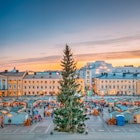
Oct 15, 2025 • 14 min read
With the sparkliest lights and in the most idyllic winter settings, these European Christmas markets will shine bright in 2025.
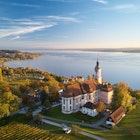
Oct 3, 2025 • 7 min read
Europe's little-known wine regions provide fabulous wines and travel opportunities.

Sep 23, 2025 • 6 min read
Forget trick-or-treating. Europeans tend to embrace the spooky side of Halloween.

Sep 18, 2025 • 6 min read
For this Halloween and beyond, here's our pick of family-friendly frights.

Aug 23, 2025 • 8 min read
See the dreamy bits of Europe, without the crowds and intense heat, by visiting in September or October.
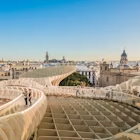
Aug 19, 2025 • 9 min read
The beauty of traveling in Europe in fall is the variety of experiences on offer. Here are the best places to go.
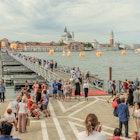
Jul 23, 2025 • 6 min read
Learn about the ETIAS visa waiver and biometric border checks coming to Europe.

Jul 22, 2025 • 4 min read
Why settle for just mountains or sea when you can have both on a trip that combines Cortina d'Ampezzo in the Italian Dolomites with Split in Croatia?

Jul 15, 2025 • 4 min read
A report from the overnight train from Brussels to Berlin, a key route in Europe’s new sleeper-train renaissance.

Jul 8, 2025 • 13 min read
Get away from the crowds in Europe at these places recommended by our team of travel writers.

Jun 27, 2025 • 5 min read
September brings a cooler and less crowded season in Europe, making it the perfect time to explore. Here are six of the best places to visit.
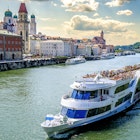
Jun 19, 2025 • 8 min read
A river cruise might be the ideal way to take all the beauty, history and charm Europe offers. Here are 10 of the best European river cruises you can take.

Jun 13, 2025 • 7 min read
Rolling forests, saw-toothed mountains, bridges spanning river gorges - these are the 10 most spectacular train journeys in Europe.

Jun 13, 2025 • 8 min read
From among Europe’s tens of thousands of miles of coastline, we’ve selected 20 of the best beaches all over the continent.